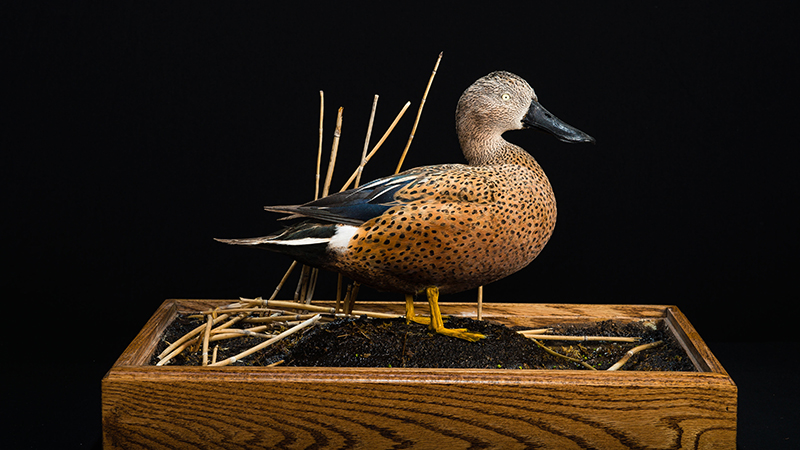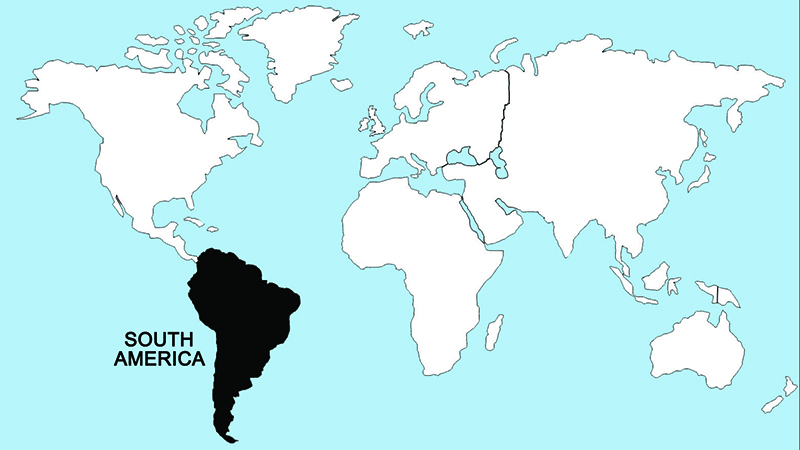Red Shoveler

This South American species of shoveler has a reddish-toned and darkspotted male plumage that resembles the cinnamon teal's, and its bill is also perhaps slightly less modified for filter-feeding than those of the other three species. It is somewhat larger than the cinnamon teal, and the male has distinctive yellowish eyes and a rather pale head. The female closely resembles the female cinnamon teal in plumage pattern and color. Although its range overlaps the teal's, it seems to prefer brackish waters and coastal lagoons to freshwater habitats. This bird is an effective filterfeeder, consuming plankton-sized materials and probably some larger foods, and is the only true shoveler species breeding in South America.
Pair bonds, which are evidently rather strong, are rapidly formed or reformed in fall flocks. A major male courtship display of this species, as well as other shovelers, is mock-feeding, which red shovelers perform immediately after uttering soft tooka notes that probably attract the female's attention. Females nest in grassy vegetation and lay clutches of 5–8 eggs, which they incubate for about 25 days.
Regions Birds Are Found

Collection Location & Year
Brazil 2005
Taxonomy
| Order | Anseriformes |
|---|---|
| Family | Anatidae |
| Tribe | Anatini |
| Species | Anas |
| Genus | platalea |
Gender
Male
References
- Johnsgard, P. A. 1975a. North American Game Birds of Upland and Shoreline. Lincoln, NE: Univ. of Nebraska Press.
- Johnsgard, P. A. 1978. Ducks, Geese and Swans of the World. Lincoln, NE: Univ. of Nebraska Press.
- Elliot, A., J. del Hoyo, J. Sargatal, and C. Imboden, eds. 1992. Handbook of Birds of the World. Vol. 1 (Ostriches to Ducks). Barcelona, Spain: Lynx Editions.
- Kear, J. 2005. Ducks, Geese and Swans. London, UK: Oxford University Press.